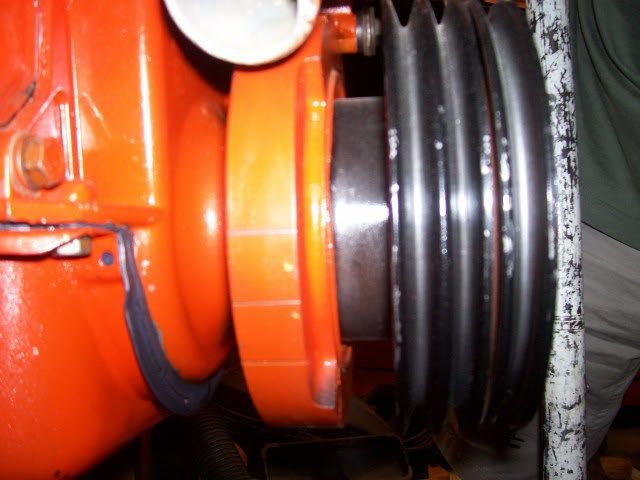Dusterdude72
IN MOPAR MUSCLE MAGAZINE
I had the same issue once years ago on a chevy pick up. bought the truck from a family member that needed an engine. I built an engine for it and installed it. ran awesome...didnt miss a beat but as soon as you dropped it in gear it coughed right out. I fiddled with it a bunch and finally just gave the truck back to my family member because I didnt want to deal with the headache.
they ended up buying a new TQ for it and putting it in and problem solved.
not saying that is your issue....could very well be ignition related. Hard saying without being hands on with it.
a couple things I would be curious about though that dont cost money to check is....is the trans any good? (was it drivable at some point when you had it or is this all new issues since installing the new parts?) you could pull the trans pan and see if you see any particles laying in the bottom of the pan.
also I have seen guys install the TQ's wrong and force the shafts into the trans and cause damage....so you may want to keep that in mind also.
I would also try jacking the car up and get the rear wheels off the ground and then try starting it and putting in gear again and see if the issues are the same now that it is not under as much of a load and is free spinning....you can also rev it up a bit and see how things act and get it to shift gears and what not (of course make sure you have it securely on jack stands).
other than that....all the other things everyone else mentioned are good places to look. but lots of things that can be checked that wont cost you anything other than a little bit of time. good luck!
they ended up buying a new TQ for it and putting it in and problem solved.
not saying that is your issue....could very well be ignition related. Hard saying without being hands on with it.
a couple things I would be curious about though that dont cost money to check is....is the trans any good? (was it drivable at some point when you had it or is this all new issues since installing the new parts?) you could pull the trans pan and see if you see any particles laying in the bottom of the pan.
also I have seen guys install the TQ's wrong and force the shafts into the trans and cause damage....so you may want to keep that in mind also.
I would also try jacking the car up and get the rear wheels off the ground and then try starting it and putting in gear again and see if the issues are the same now that it is not under as much of a load and is free spinning....you can also rev it up a bit and see how things act and get it to shift gears and what not (of course make sure you have it securely on jack stands).
other than that....all the other things everyone else mentioned are good places to look. but lots of things that can be checked that wont cost you anything other than a little bit of time. good luck!

















